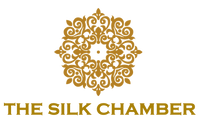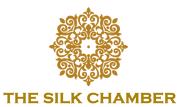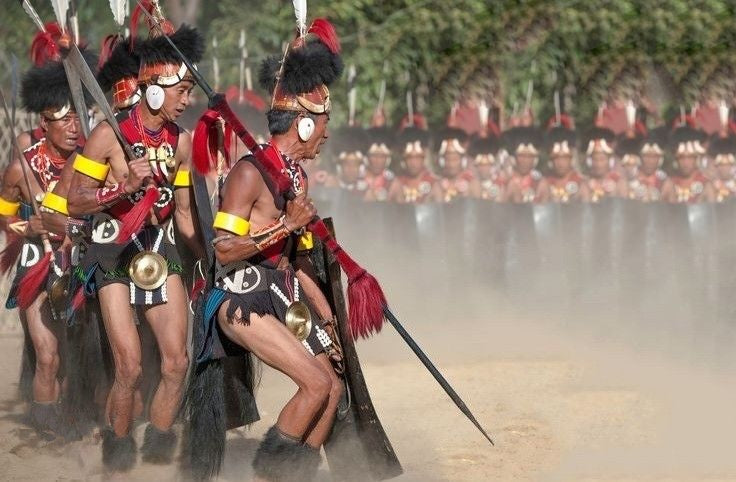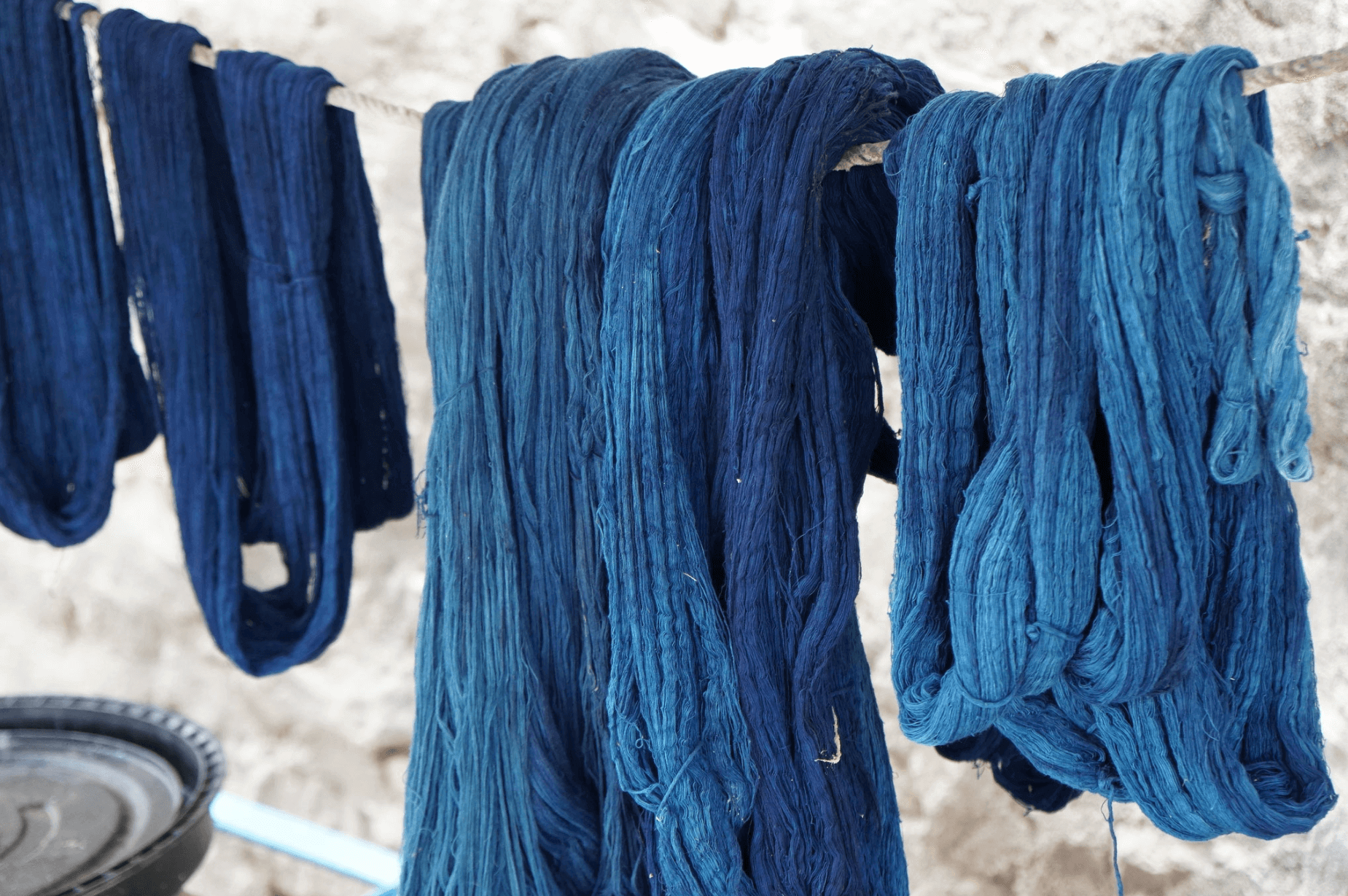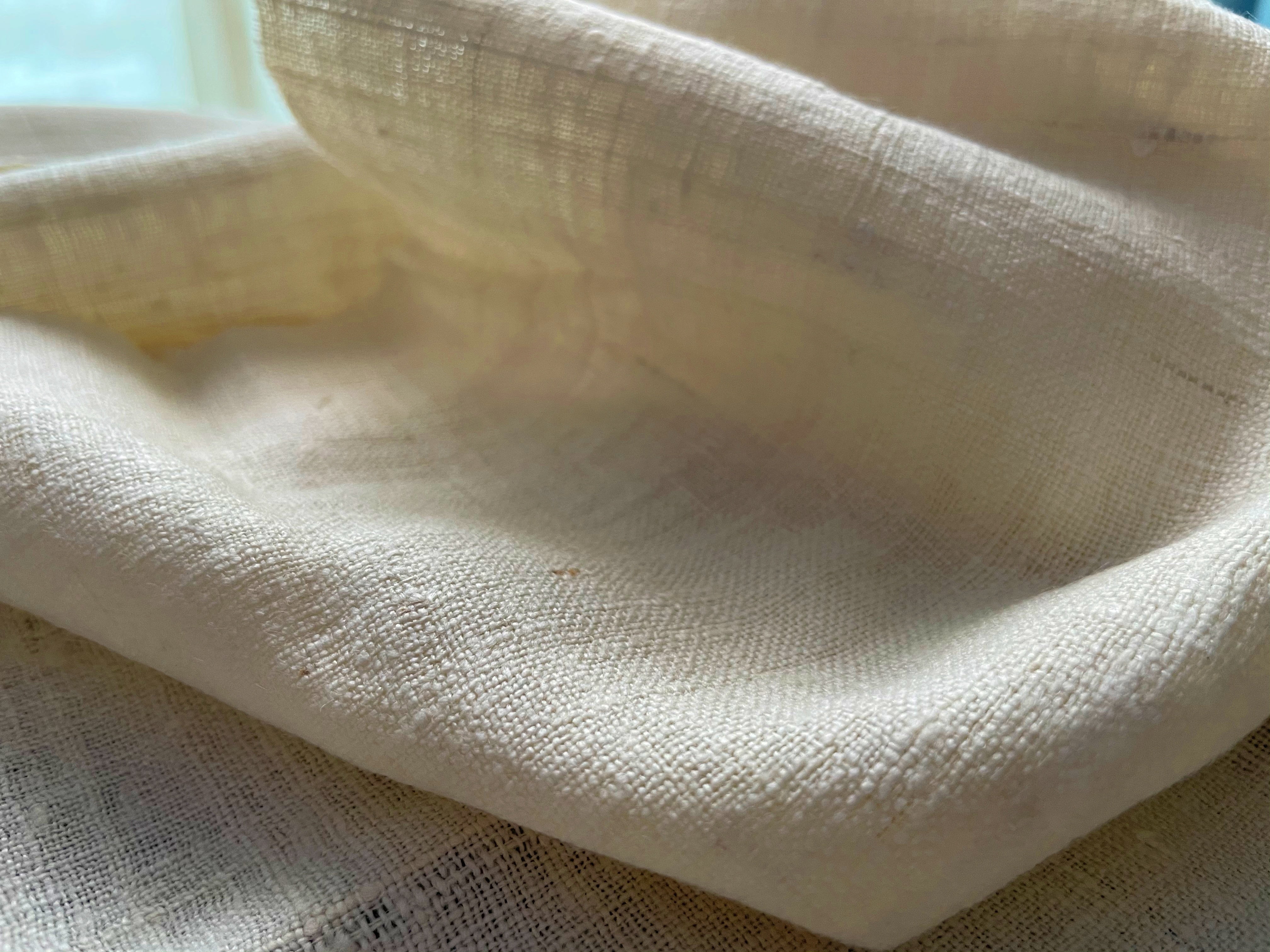Earth Colours - The Dye Plants We Use
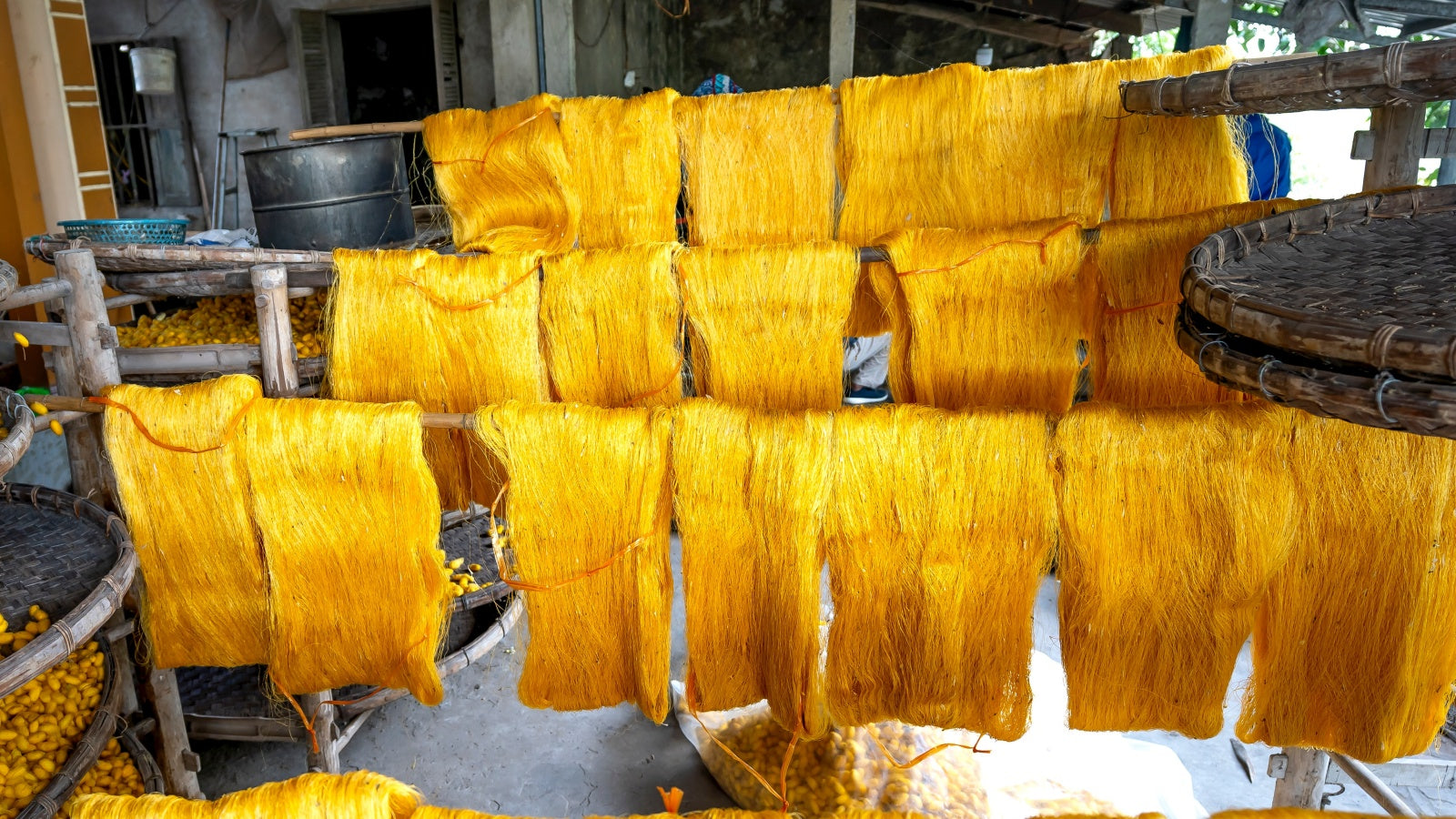
Like most other art and craft forms, the history of natural dyeing in India dates back to ancient times. Cave painting in Ajanta and Ellora demonstrated the existence of natural dye back in the day. Colour in clothing has been extensively used since the Indus Valley Civilisation - traces of madder were found in the ruins of Mohenjo-Daro and Harappa. The tinctorial properties of various dye plants were known by the artisans throughout the subcontinent.
The custom of natural dyeing has been equally popular in Northeast India. In fact the entire region is one of the bio-diversity hotspots of the country. Though there are more than 500 dye-yielding plant species that have found use in the preparation of natural dyes in this region, we stick to just a few tried and tested.
Indigo
The unmistakable, beautiful, deep blue of indigo has been around for centuries. Nicknamed blue gold at the height of its popularity – indigo has stamped history with a presence that goes way back to Japanese, Indian, Egyptian and ancient Mayan cultures.

Indian Madder
Indian Madder (Rubia Cordifolia) is one of the most popular dye plants all over the world, after indigo. Locally known as Manjistha, the plant takes a couple of years to grow to their full length and become ready for harvest. Like most other dye yielding plants, Manjistha is also known for its medicinal properties. It is the roots of the plants and in some cases also the thicker lower stems that are cut, dried and used for dyeing purposes.

Turmeric
Turmeric (Curcuma longa) is a perennial plant of the ginger family and is native to tropical South Asia. It needs high temperatures and rainfall to thrive. It has long been in use in the subcontinent as a spice and flavouring agent in most of the food preparations. Turmeric is used not only as a principal spice but also has its medicinal uses in Ayurveda as natural antibiotic and anti-inflammatory.

Myrobalan
Myrobalan, locally called harda, is another fruit abundantly found in Northeast India, which is also a popular dye material used by many natural dyers. A variety of cherry plum, harda is plucked out in its raw state.

By itself, harda or myrobolan produces a beige colour. But due to its high tannin content, myrobalan is more famously used to create rich blacks. Like other natural materials, the dried harda fruits are also ground into a powder for ease storage and dyeing. A range of blacks and greys can be achieved though this raw material.
Lac
Lac is the resinous secretion from the lac insects. The lac insects grow in huge numbers along the bark of a tree from where the pigment is later collected. It is a unique dye material as it is neither a fruit not a plant and even a very small quantity of lac pigment is sufficient to dye very deep reds.

A range of shades, from deep reds to precious purples can be obtained using Lac, by simply changing its dye content or by combining it with other natural dyes.
Onion Skin
Using onions to create dyes is not only eco-friendly, it’s also a traditional craft that dates back to 2600 B.C. Onion skins are an ideal natural dye to produce some beautiful earthy colours; this is also one of those kitchen scrap dyes - easy to find and cheap to collect.

Rich in tannins, onion skin dyes provide a broad range of colors from yellow to orange with yellow skins, to green and brown with red skins. The variation is due to the type of onion - where it was grown, growing conditions, and so forth. The ply of yarn and the type of dye material will also influence the result (silk, cotton or wool). Onion skins produce a beautiful orange colour with alum.
The story of color is an old and important one. Since the beginning of time there has been colour, be it in textiles, in cosmetics, in paintings, in architecture.
Today, with the fashion industry being in such a serious need for ecological reforms, it is time to remember the past and once again get inspired by the colours of nature and innovate with it.
